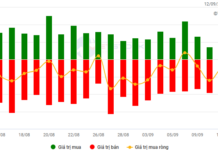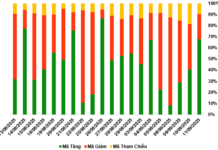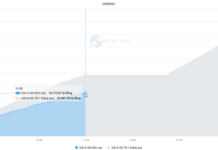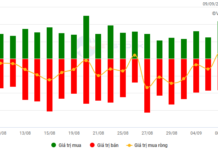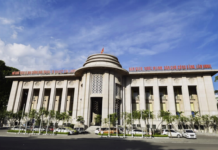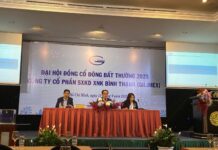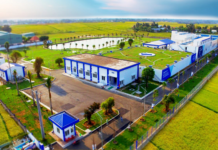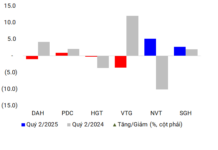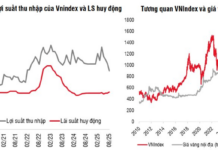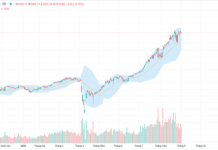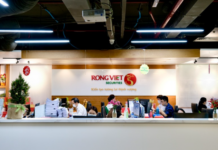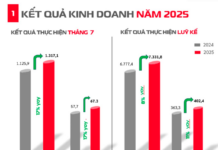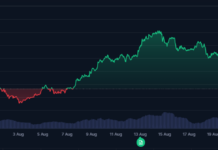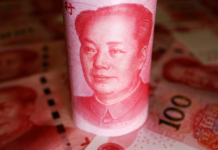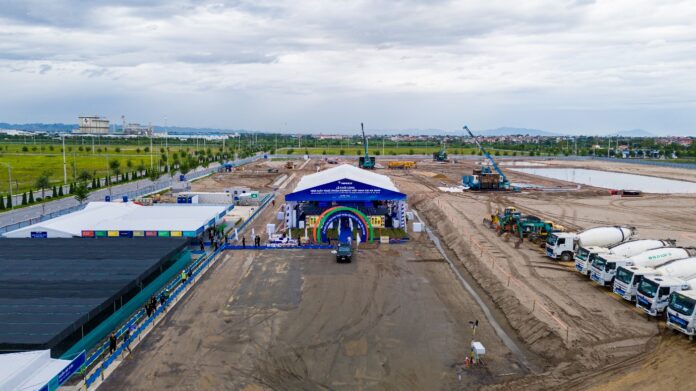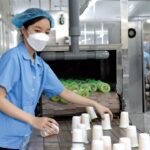On August 3, PepsiCo Foods Vietnam broke ground on a new food manufacturing facility, investing a total of $90 million in a plant with a capacity of over 20,000 tons of snacks per year, aiming for 100% renewable energy use. At the event, Mr. Nguyen Viet Ha, CEO of PepsiCo Foods Vietnam, shared insights into this project and the company’s sustainable development strategy in Vietnam.
As PepsiCo marks three decades of operations in Vietnam by 2024, how do you assess the potential of this market?
We consider Vietnam a crucial market at present and one with abundant potential for future growth. Despite global economic challenges, Vietnam has maintained robust growth, boasting a young population and ever-evolving consumer demands. Additionally, the Vietnamese government has implemented policies that encourage collaboration with foreign businesses, providing us with a favorable environment for expansion.
The new plant is expected to be operational by Q3 2025, enhancing our reach and boosting our business in northern Vietnam, while also opening up access to neighboring countries like China and Laos.
Why did PepsiCo Foods choose to locate this plant in Ha Nam province?
Over the years, Ha Nam has consistently ranked among the top 10 provinces attracting foreign investment. With its vision to become a hub for industry and services, Ha Nam is actively attracting foreign capital. As a result, PepsiCo swiftly obtained the necessary investment license and received comprehensive support from various departments and agencies in establishing a modern and sustainable food processing plant.
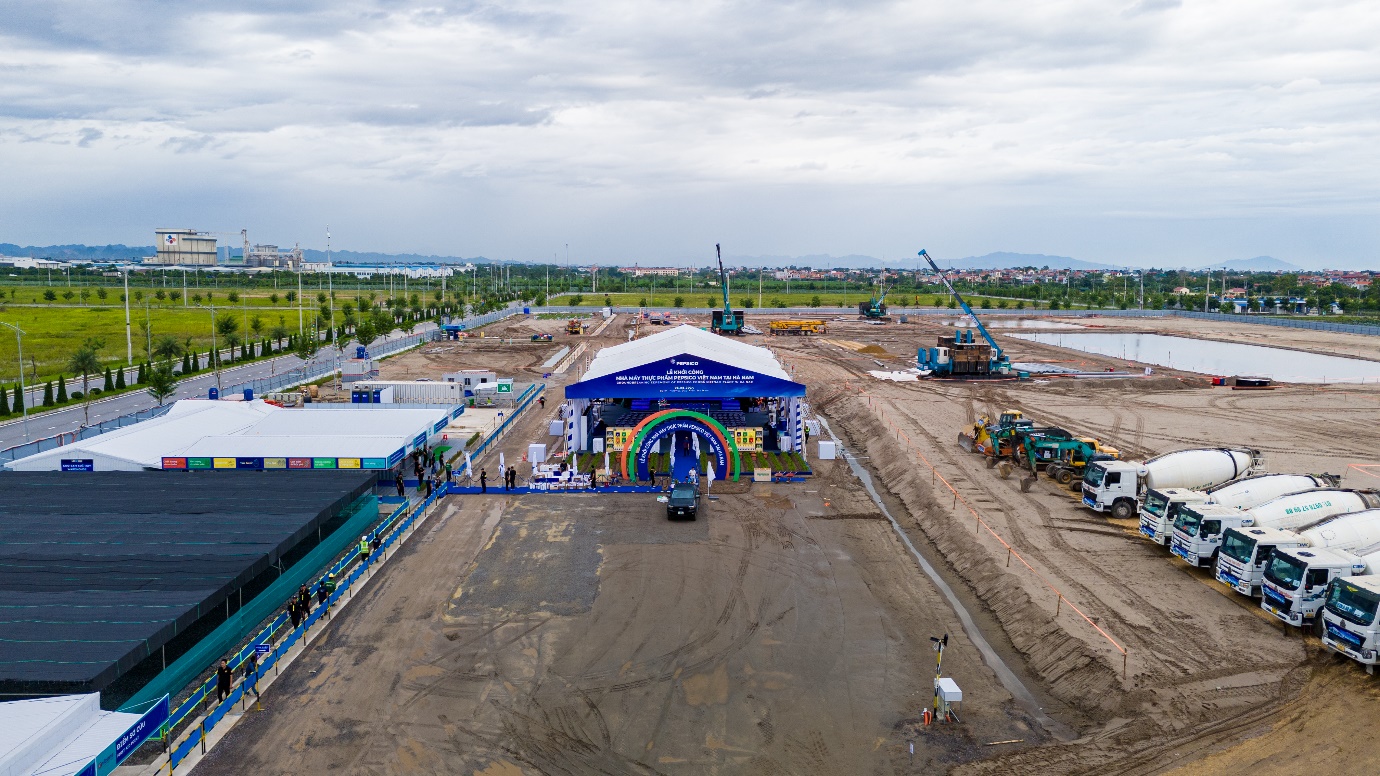
What significance does this groundbreaking ceremony hold in PepsiCo Foods’ sustainable development strategy?
This event marks a significant milestone for PepsiCo Foods Vietnam and PepsiCo globally. For years, we have focused on initiatives that foster societal and community development. Our sustainable development strategy revolves around three key pillars: offering diverse choices to consumers, promoting sustainable agriculture, and developing a sustainable supply chain.
The construction of this plant in Ha Nam is a testament to our commitment to realizing these sustainable development goals. With an investment of $90 million, we will establish a state-of-the-art facility that will produce over 20,000 tons of products annually. These products will be consumed in Vietnam and exported to Southeast Asian, Asia-Pacific, and even more demanding markets like Australia and Japan.
Once operational, the plant is expected to boost the local economy and create over 1,000 jobs in various fields, including production, logistics, and packaging. PepsiCo Foods will collaborate with the Ha Nam Department of Labor, Invalids, and Social Affairs to provide youth with the necessary skills, especially soft skills like teamwork and problem-solving, to excel in today’s modern and professional work environment.
Additionally, we will support agricultural cooperatives and local farmers in adopting sustainable farming practices with higher value and collaborate with the Department of Agriculture to provide training, technology transfer, and implement advanced and sustainable potato value chain models. This will help farmers transition from traditional agricultural thinking to a more modern economic mindset.
You’ve emphasized “sustainable development” and “environmental protection” in PepsiCo’s overall strategy. What advanced technologies will be implemented in the new plant to optimize energy efficiency, conserve resources, and protect the environment?
The new plant will utilize renewable energy sources, such as biomass and solar power, significantly reducing greenhouse gas emissions. It will also employ environmentally friendly production methods, aligning with PepsiCo’s global sustainability strategy. This includes leveraging advanced technologies to optimize energy efficiency and resource conservation.
Furthermore, PepsiCo Foods will introduce more environmentally friendly packaging for its products, further supporting a circular economy and reducing plastic waste.
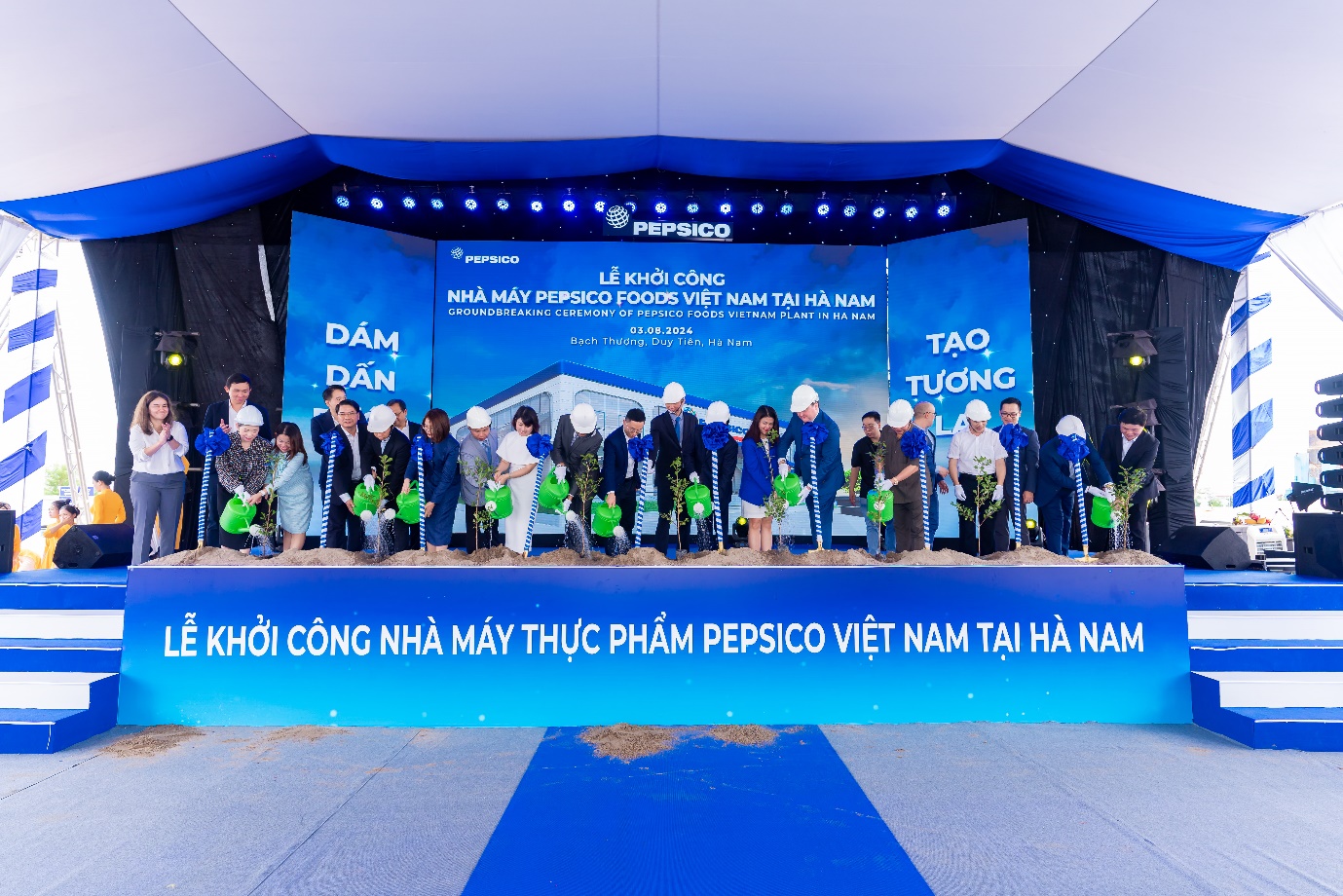
What competitive advantages will the new plant bring to PepsiCo Foods in the Vietnamese market once it becomes operational?
By July 2025, when the plant is operational, we anticipate several advantages. Currently, we only have one plant in Binh Duong, so our products need to be transported from the south to the north to meet market demands. The new plant will not only enhance customer service and competitiveness by providing fresher products but also optimize our supply chain network and reduce primary transportation costs. With a capacity of over 20,000 tons per year, the plant will cater to the northern market and facilitate exports. This aligns with Ha Nam province’s orientation to become an industrial and service hub for the entire country.
What is PepsiCo doing to secure a stable supply of raw materials to ensure the efficient and optimal operation of the new plant?
Two years ago, we began experimenting with and expanding PepsiCo’s raw material sourcing regions in Vietnam, from the Central Highlands to the north. In 2023, we successfully piloted a model for the 2023-2024 winter-spring crop in Thanh Hoa and Hai Duong provinces, further enhancing our sustainable sourcing practices. The application of technology has yielded remarkable results, including significantly higher potato yields (up to 33 tons/ha in Thanh Hoa), water savings, and increased income for farmers.
Thank you for your insights, Mr. Ha!

